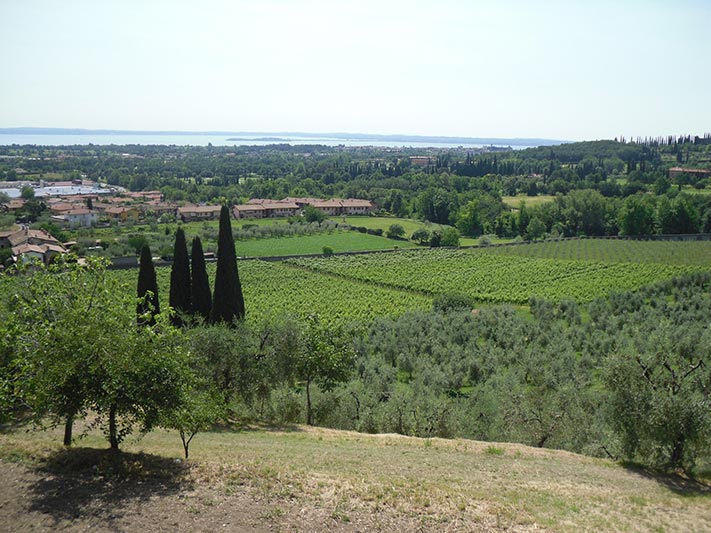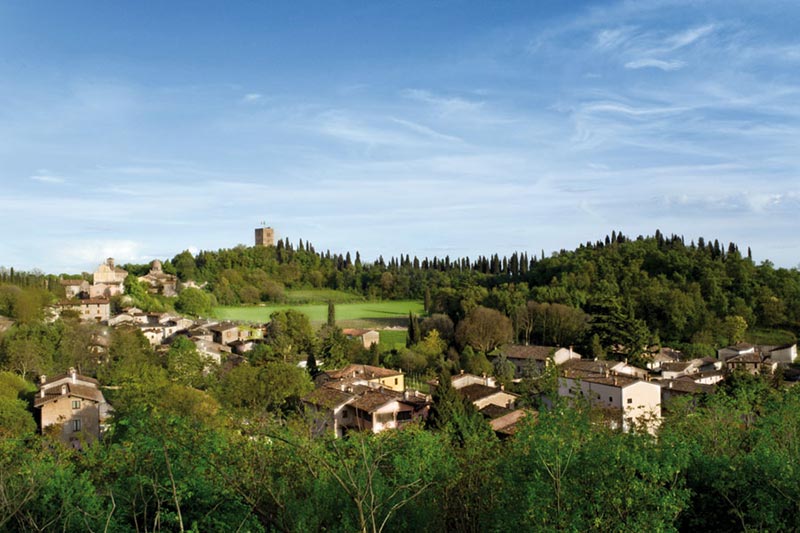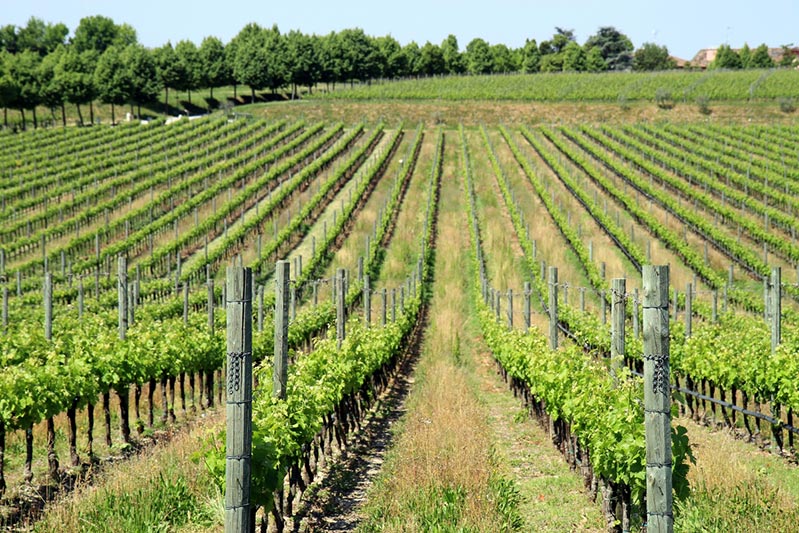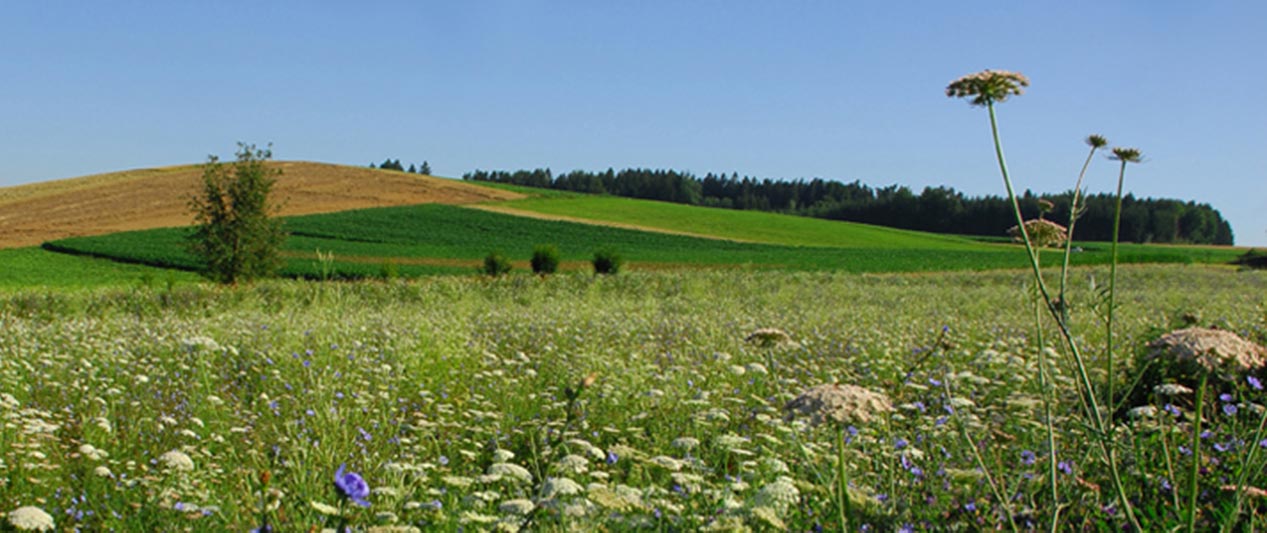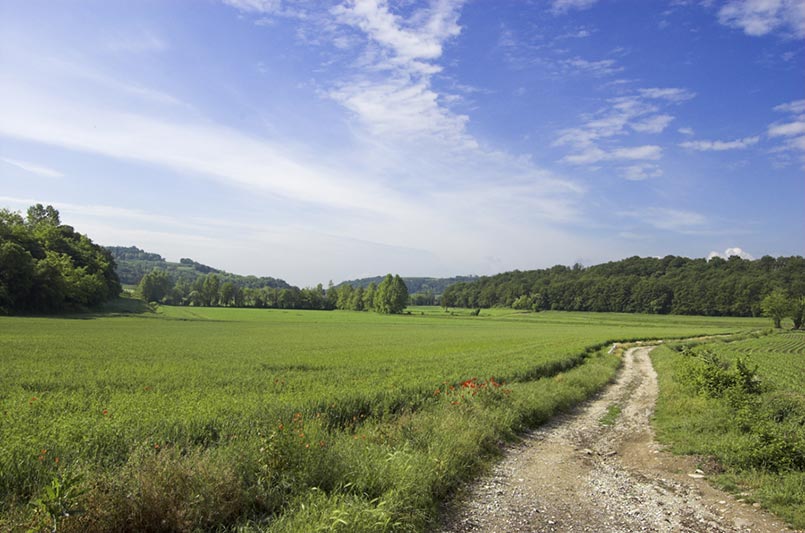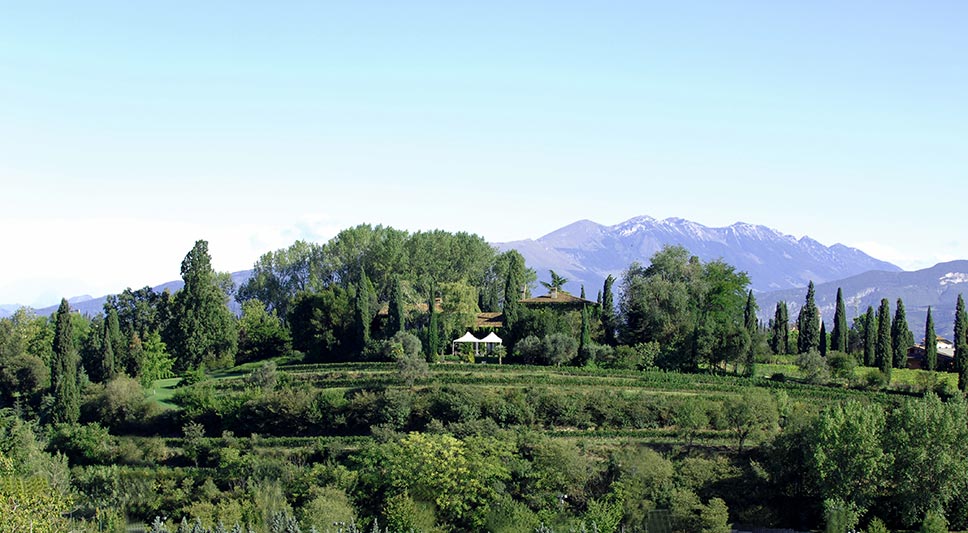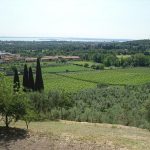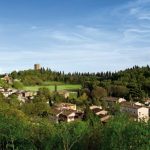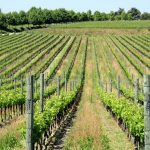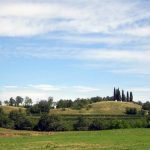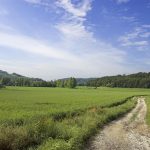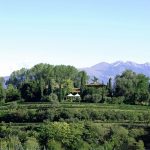Moraine Hills
MORAINE HILLS OF LOWER GARDA
The hills of Lower Garda (whose heights ranging from 100 to 250 meters above sea level) are located between the Po Valley (province of Mantua) in the south and the north of Lake Garda (the provinces of Brescia and Verona).
It is a large moraine, which is an environment made up of small circles hills with intervening flat areas, originating from the rock debris carried by the big Garda glacier two million years ago.
The territory of the morainic hills of Lake Garda is characterized by wooded areas, rolling hills alternate with plateaus, lakes and springs, vineyards and olive groves.
Some wetlands are of considerable ecological importance for the preservation of flora and fauna and the maintenance of the ecological balance of the area. Among these are:
• Lake of Frassino – important protected natural oasis and place of winter break of diving ducks that come from Central and Eastern Europe after flying for miles and miles
• the pond nature reserve of Castellaro Lagusello
• Marsh Mantellina
They are a real paradise for birdwatchers as they constitute an ideal habitat for many species of passerine birds that nest there, as well as numerous birds of prey who choose this environment during migration. From the floristic point of view, a natural wealth are the many wild orchids that grow there.
 The area also offers many cultural attractions such as medieval villages, castles and museums, historical evidence left by the Etruscans and Romans, then in the Renaissance from the famous family of Gonzaga until more recent historical events such as the battles of Solferino and San Martino in the period Risorgimento.
The area also offers many cultural attractions such as medieval villages, castles and museums, historical evidence left by the Etruscans and Romans, then in the Renaissance from the famous family of Gonzaga until more recent historical events such as the battles of Solferino and San Martino in the period Risorgimento.
Among the places of the area richest in history and corners are:
• Castiglione delle Stiviere – known for being the birthplace of St. Aloysius Gonzaga (patron of World Youth) and the Red Cross, whose foundation was born here after the valiant courage of the women of Castiglione that first, after the bloody Battle of Solferino in 1859 lent aid to many injured. To visit the International Museum of the Red Cross that offers unusual pages of history by exposing means to support and transport the wounded, stretchers, stretchers and surgical field.
• Solferino – the Rock of Solferino, which was built in the eleventh century. and renovated in the seventeenth, you can visit the Historical Museum of the Risorgimento, where you can see relics of the battle, but also everyday objects of the soldiers, weapons of all kinds, documents that remind one of the most important historical moments of the story ‘ Italy. Worth mentioning the Ossuary, which contains the remains of more than 7,000 fallen French and Austrians.
• San Martino della Battaglia – just a few miles from Solferino, and with an identical past Risorgimento, you can visit the Ossuary Chapel with the remains of the fallen, the tower dedicated to Vittorio Emanuele II and the museum with relics, weapons and memories battles.
• Cavriana – Castle Cavriana was one of the most important fortifications of Mantua, which today remains part of the walls and the tower. The Archaeological Museum at the Villa Mirra preserves artifacts found in the settlements perilacustri Gang Cavriana and in some residential centers romana.Tra era of religious buildings, to see the beautiful Romanesque church of Santa Maria della Pieve, built in the eleventh century. Entirely terracotta.
• Medole – is the art center of the hills, with its beautiful marble portals of the ‘600-‘700 that adorn the mansions, the tower Gonzaga with the forepart Baroque, reflecting the presence of the ancient castle erected around ‘ one thousand years. In addition to the parish church of Medole, in the Parish Church is kept a shovel and a group of Tiziano painted terracotta statues attributed to a sculptor next to Mantegna.
• Castellaro Lagusello – small medieval village, is mirrored in the waters of a small pond in the shape of a heart. Ancient castle remain intact, the walls, the four towers (originally ten), some parts of the walkway and two medieval houses. The resort is also interesting from the archaeological point of view to the discovery of a Bronze Age lake village.
• Monzambano – the Castle is an ancient fortress built by the Scala probably towards the end of the twelfth century., On an initial construction period of the previous year, which keeps intact the original urban layout as well as some medieval buildings and defensive works, including where the towers and perimeter walls of defense to battlement. The Parish Church of St. Michael has interesting eighteenth-century statues. The town was remarkable historical and political as in the Risorgimento fell in the Quadrilateral.
• Ponti sul Mincio – the Castle is traced back to centuries. XIII, this probably built by the Scala and retains its typical Guelph merlons. Nearby is to visit the Fort Ardietti, the only remaining integral system of fortifications to defend Austrian placed in Peschiera del Garda in the era of the Risorgimento and who composed the famous Quadrilateral.
• Pozzolengo – is a beautiful fortified village on the summit of Mount Fluno, with the medieval castle built during the eleventh century. Among the remains of the apse of the church of San Lorenzo glimpse fragments of fourteenth century frescoes. It should be noted the visit to the sixteenth century parish church and the frescoed halls of the municipal building. Trivia: here you produce a niche product, high quality saffron.
• Volta Mantovana – in the historical center preserves the towers of the Castle and the ruins of fortifications built in the eleventh century .. In addition to this you can visit the beautiful Palazzo Gonzaga, now the town hall, once built by the Gonzaga villa as campagna.Il Palace of great historical and artistic interest is enhanced by formal gardens and environments of the stables which today house the library. Of interest is the Parish Church, which houses a painting by Guercino and Villa Venier, a former convent of the Dominicans.
